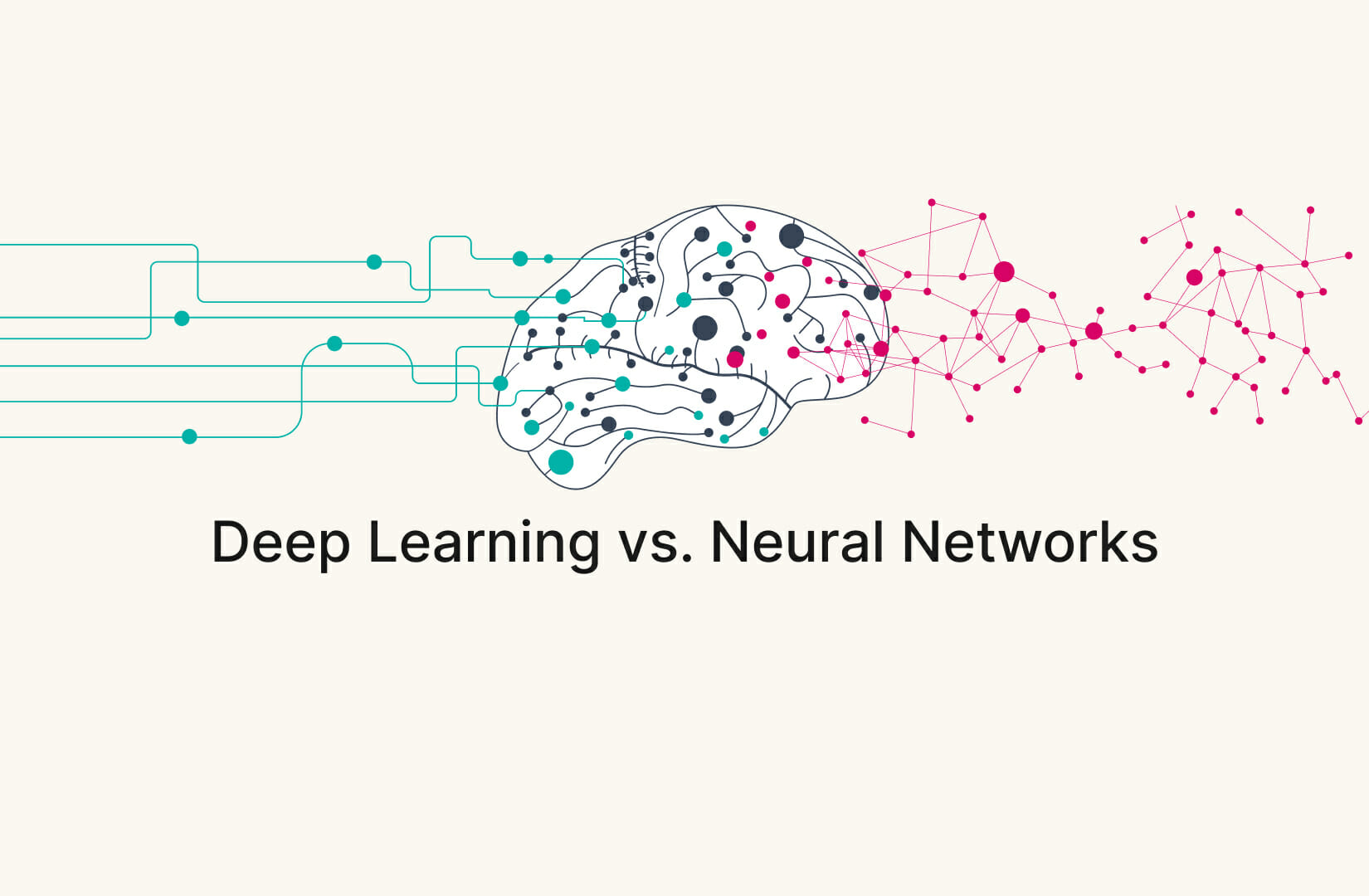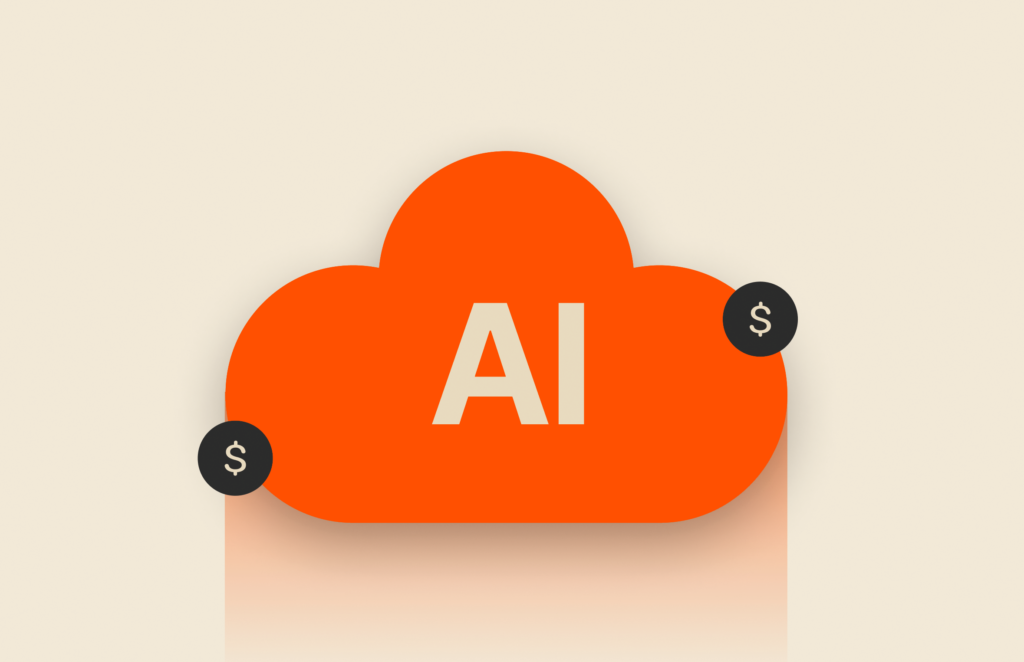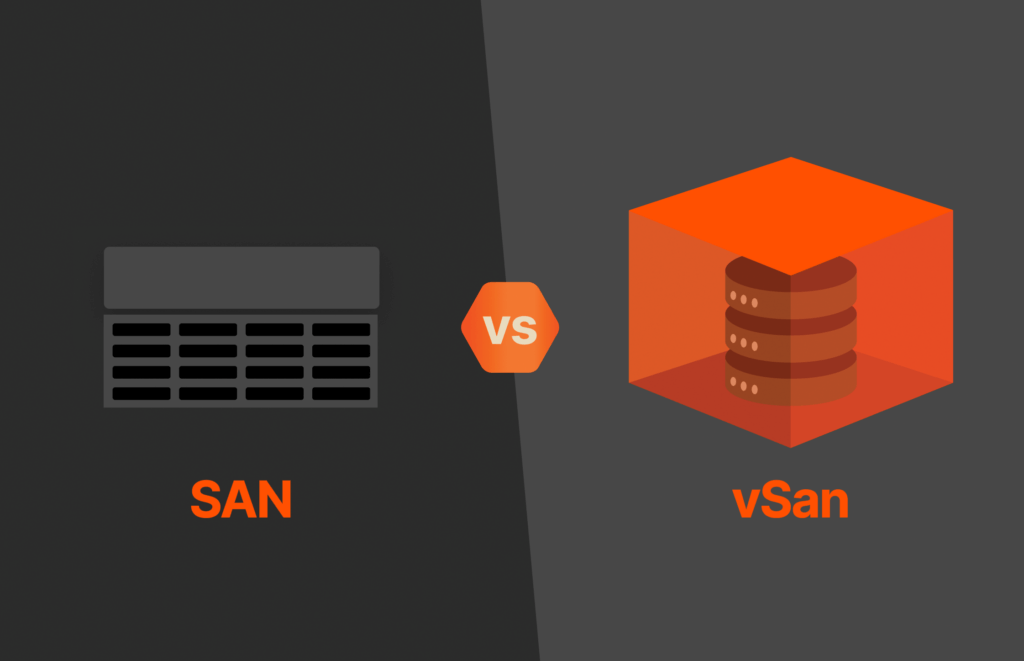The terms “neural network” and “deep learning” are often used interchangeably, but there are some nuanced differences between the two. While both are subsets of machine learning, a neural network mimics the way the biological neurons in the human brain work, while a deep learning network comprises several layers of neural networks.
Here, we’ll define neural networks and deep learning networks in greater detail, highlight their differences, and look at some examples of each in practice.
Deep Learning vs. Neural Networks: What’s the Difference?
A neural network is a form of machine learning that models the interconnected neurons of the human brain.
In the human brain, each neuron interconnects with another neuron to receive information, process it, and pass it to other neurons. In much the same way, neural networks receive information in the input layer, process it through at least one hidden layer, and then pass the result to the output layer. Therefore, in its simplest form, a neural network comprises an input layer, a hidden layer, and an output layer.
Deep learning, on the other hand, is made up of several hidden layers of neural networks that perform complex operations on massive amounts of structured and unstructured data. In contrast, they identify patterns in real-world data such as images, text, sound, and time series, using training data to improve the accuracy of their predictions.
How Does a Neural Network Work?
Neural networks can be trained to “think” and identify hidden relationships, patterns, and trends in data, within context.
In the first step of the neural network process, the first layer receives the raw input data; then, each consecutive layer receives the output from the preceding layer. Each layer contains a database that stores all the network has previously learned, as well as programmed or interpreted rules. Processing continues through each layer until the data reaches the output layer, which produces the eventual result.
A neural network can be trained using supervised or unsupervised learning. Supervised learning provides the network with the desired input and output algorithms, while unsupervised learning allows the network to interpret the input and generate results without pre-programmed instructions.
5 Examples of a Neural Network for Deep Learning
The following are five examples of how neural networks can be used for deep learning:
1. Financial Predictions
In the financial industry, deep learning is used to make predictions on stock prices, currency, options, and more. Applications use the past performance of stocks, non-profit ratios, and annual returns as input to provide predictions that help financial executives make market predictions in real time.
2. Autonomous Vehicles
Using data collected in real time from over 1 million vehicles, Tesla uses neural networks to help autonomous vehicles navigate traffic lights and complex street networks to find an optimal route. They use data from sensors, cameras, and radars to detect people, objects, and other vehicles in the vehicle’s surroundings.
3. User Behavior Analysis
Neural networks process and analyze large volumes of content generated by users on social media, websites, and mobile applications. The valuable insights derived from this process are used to create targeted advertising campaigns based on user preference, activity, and purchase history.
4. Disease Mapping
Neural networks are increasingly being used in healthcare to detect life-threatening illnesses like cancer, manage chronic diseases, and detect abnormalities in medical imaging.
5. Criminal Surveillance
While its use remains controversial, some law enforcement officials use deep learning to detect and prevent crimes. In these cases, convolutional neural networks use facial recognition algorithms to match human faces against vast amounts of digital images to detect unusual behavior, send alerts of suspicious activity, or identify known fugitives.
4 Deep Learning Tools to Build Neural Networks
Deep learning tools help speed up prototype development, increase model accuracy, and automate repetitive tasks. Below are some of the most popular options:
1. TensorFlow
One of the most widely used deep learning frameworks, TensorFlow is an open source Python-based library developed by Google to efficiently train deep learning applications.
Written in C++ with NVIDIA’s GPU programming language, CUDA, TensorFlow offers multiple GPU support, graph visualization, and queues. It also supports languages such as Java, Python, R, and Go for creating wrapper libraries and comes with outstanding documentation, guides, and an active community.
2. Keras
Keras is an easy-to-use deep learning API with a focus on speed that allows you to create high-level neural networks quickly and efficiently. Written in Python, Keras supports multi-GPU parallelism, distributed training, multi-input and multi-output training, and multiple deep learning back-ends, including support for both convolutional and recurrent ones.
Keras comes with extensive documentation and developer guides and integrates seamlessly with TensorFlow, acting as a simpler interface to TensorFlow’s more complex GUI.
3. Caffe
Developed by Berkeley AI Research (BAIR) with community contributors, the Caffe deep learning framework is commonly used to model convolutional neural networks for visual recognition. Known for its speed, Caffe can process over 60 million images per day using a single NVIDIA GPU.
Caffe supports both CPUs and GPUs; several programming interfaces including C, C++, and Python; and can be used for a range of applications from academic research projects to large-scale enterprise applications.
4. Torch and PyTorch
Torch is an open source, deep learning framework that offers fast, efficient GPU support. It uses the LuaJIT scripting language with an underlying C/CUDA implementation for GPU programming and provides several algorithms for deep learning applications in computer vision, signal processing, and video and image processing.
PyTorch, a version of Torch written in C++, CUDA, and Python, is a port to Torch for constructing deep neural networks that make the process less complex. It’s typically used for natural language processing (NLP) and computer vision.
What Is a Deep Neural Network?
Deep learning, also a subset of machine learning, uses algorithms to recognize patterns in complex data and predict outputs. Unlike machine learning algorithms, which require labeled data sets, deep learning networks can be trained using unsupervised learning (which doesn’t require labeled data sets) to perform feature extraction with less reliance on human input.
It’s called deep learning because of the number of hidden layers used in the deep learning model. While a basic neural network comprises an input, output, and hidden layer, a deep neural network has multiple hidden layers of processing.
These additional layers give deep learning systems the ability to make predictions with greater accuracy, but they require millions of sample data points and hundreds of hours of training when compared to a simpler neural network.
See also: Deep Learning vs. Machine Learning
Neural Networks vs. Deep Neural Networks: What’s the Difference?
A deep neural network is a more complicated form of neural network. Where neural networks give a single result such as a word, solution, or action, deep ones create a global solution based on all the input data given.
Because of their multiple layers, a deep neural network takes longer to train than a neural network, but they offer higher performance, efficiency, and accuracy.
A neural network includes components such as neurons, connections, propagation functions, learning rate, and weight. In contrast, a deep learning network typically comprises a motherboard, processors (CPU or GPU), large quantities of RAM, and a large power supply unit (PSU) for processing complex deep learning functions and massive data sets.
Types of neural network architecture include feed-forward, recurrent, and symmetrically connected neural networks, while deep learning types include unsupervised pre-trained, convolutional, recurrent, and recursive neural networks.
See also: Machine Learning vs. AI
Why Do Neural Networks Run Faster on GPUs?
CPUs are powerful and versatile. Their ability to perform tasks in a sequential order allows them to switch back and forth between the many tasks of general computing. But this means they have to make several trips to transfer data to and from memory as they perform each specific task.
Neural networks require high throughput to process large amounts of data accurately in near real time. Compared to CPUs, GPUs offer higher memory bandwidth, faster memory access, and the parallelism necessary to support the high-performance needs of a neural network.
Parallelism allows them to complete multiple tasks at the same time. For example, a GPU can process current matrix chunks while fetching more chunks from system memory, instead of completing one task at a time as with a CPU.
This perfectly supports the neural network architecture because it allows tasks and workloads with the same operations to be distributed across multiple GPU cores for faster, more efficient processing.
Because neural networks require extensive and complex data for improved accuracy, training can take anywhere from several days to weeks. A high-performance GPU becomes extremely important as larger continuous data sets are used to expand and refine the neural network.
Accelerate Deep Learning Workflows with AIRI//S
Deep learning algorithms perform innumerable complex calculations on huge amounts of data to learn and extract features. As the demand for big data and AI increases, GPUs and parallelization have become essential for reducing the learning times of deep learning applications.
Pure Storage® and NVIDIA have partnered to develop AIRI//S™, a modern AI infrastructure. Powered by Pure FlashBlade//S® and NVIDIA’s DGX A100 GPU, a next-generation GPU developed and optimized for deep learning, AIRI//S simplifies AI at scale with fast, simple, future-proof infrastructure.
Experience more AI power and efficiency with AIRI//S.

Pure Storage Business White Paper
What Do AI Projects Really Demand from IT?
An AI primer for business leaders







